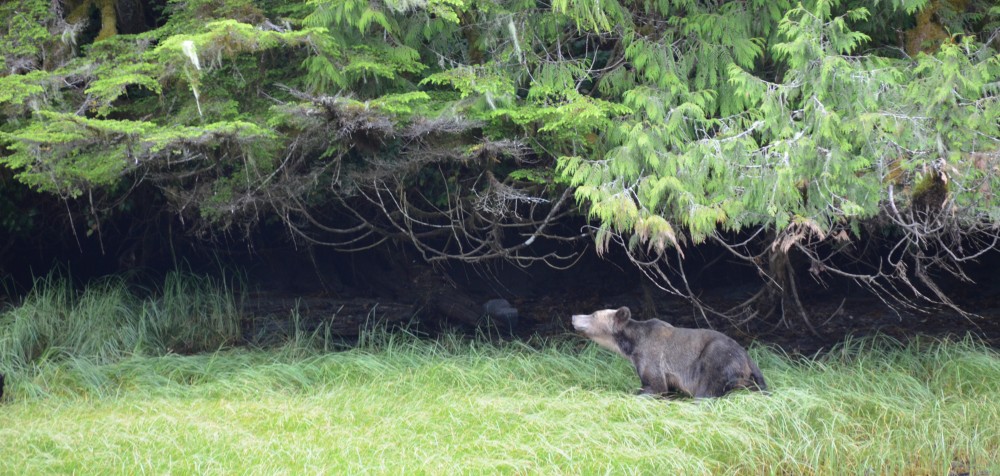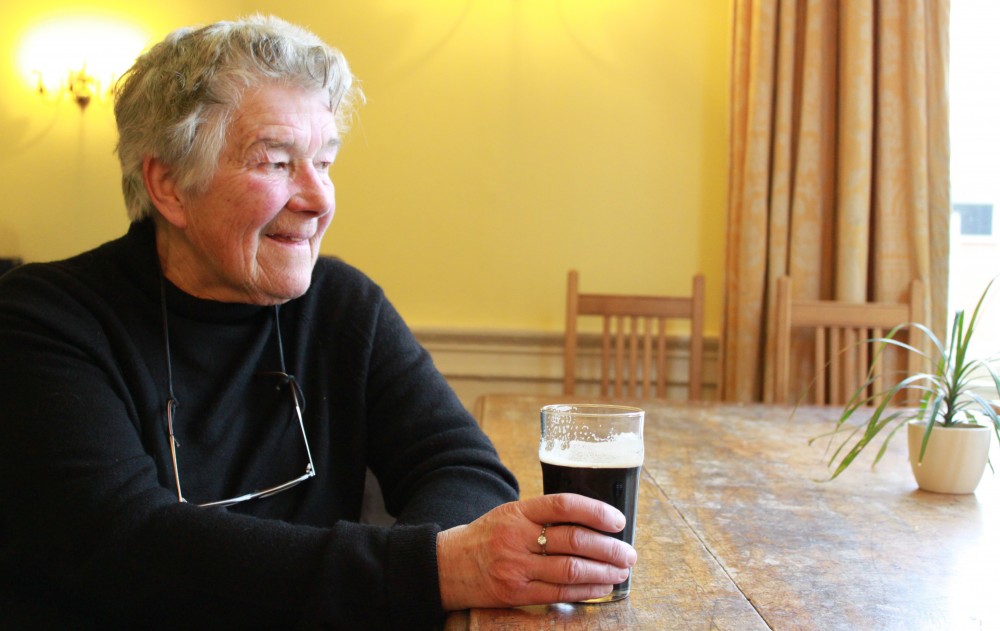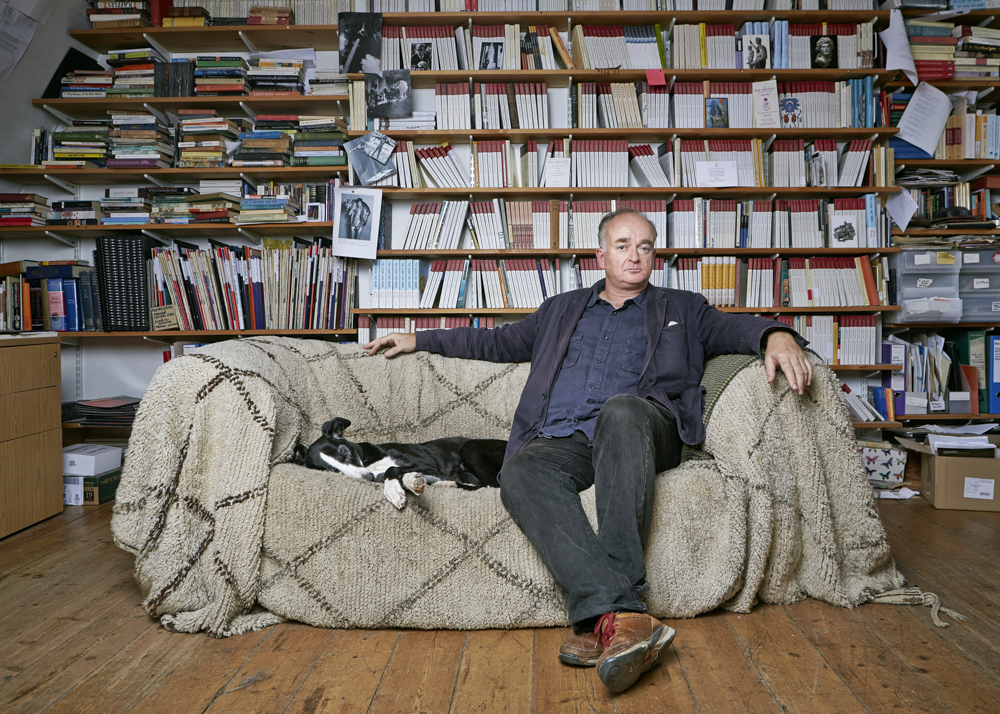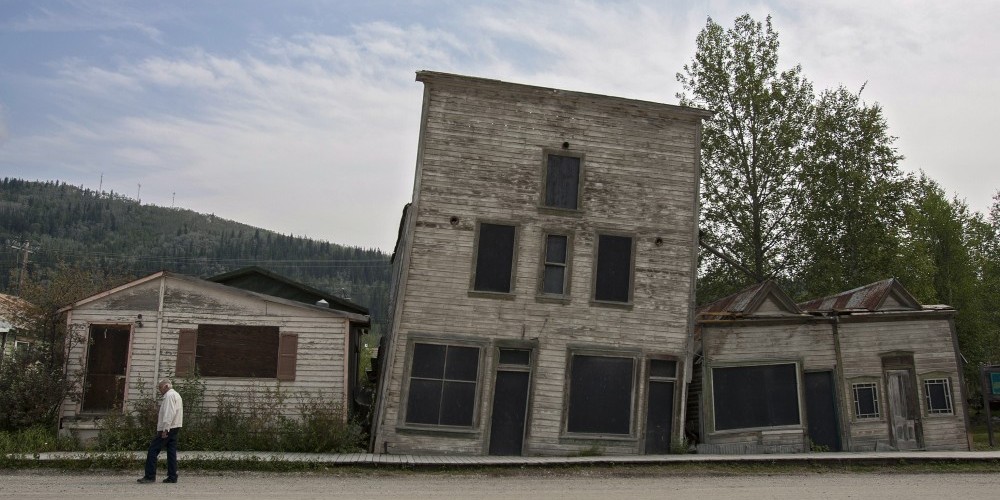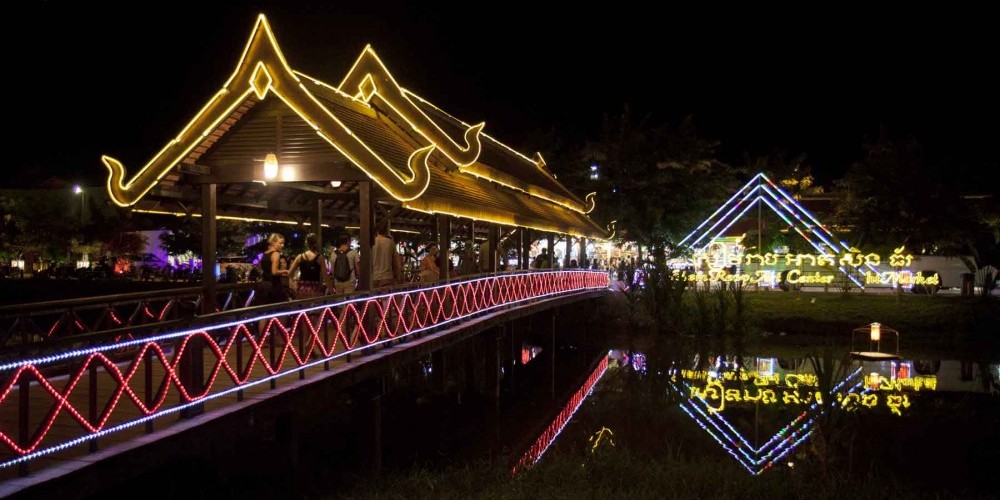In June 2012, Arno Kopecky and his friend, photographer Ilja Herb, set out in a 41-foot sailboat named Foxy to chart a course along the coast of British Columbia, sailing from Sidney to Kitimat, the proposed terminus of the Enbridge Northern Gateway Pipeline. The following was excerpted from Kopecky’s award-winning book, The Oil Man and the Sea: Navigating the Northern Gateway, published by Douglas & McIntyre in 2013.
Since then, a court challenge has been brought before the Federal Court of Appeal by a coalition of First Nations, environmental groups and Canada’s largest private-sector union. The case had its final day of hearings on October 8. A decision could take one to several months. In the meantime, Enbridge Northern Gateway has postponed construction indefinitely. Three of the four parties running in this month’s federal election have said they will cancel the project if they form government. BC premier Christy Clark maintains that her conditions have not been met for the province’s approval of Northern Gateway. However, trophy hunting of grizzly bears — opposed by a far greater majority of British Columbians than those who oppose Northern Gateway — does have her full support.
Of the sixty or so grizzlies who dine on the Koeye River’s salmon each fall, Ilja shot six. He shot them all in the space of three hours, two days after the Joint Review Panel left Heiltsuk territory.
We pulled out of Bella Bella the morning after they did, motoring south down Lama Passage, into the lake of Fitz Hugh Channel, through the current-laden junction with Burke Channel, on past the ghost town of Namu and its ten-thousand-year-old middens. Calvert Island came into sight off our starboard bow. Between Calvert’s northern tip and the island chain above it there was a narrow gap through which you could see Hecate Strait. That gap was Hakai Pass, and it was the chink in the armour of outer islands through which an oil tanker’s spill could easily flow if the tide was rising and the current flooding in. Directly in the current’s path, open as a warm embrace, was the Koeye rivermouth.
In the northwest corner of the bay, an overgrowth of cedars and spruce that predated the Renaissance obscured the river’s passage. We anchored in the oval bay the river emptied in to. A mild swell pulsed through Hakai Pass, across Fitz Hugh Channel and underneath Foxy before breaking into foam against the shore’s yellow sand. This was as close as Foxy could get to the river.
In the morning, we loaded Ilja’s Linhof Master Technika into the dinghy, along with his Nikon D3, his Nikon D7000, his 500mm “mega-zoom”, and nine smaller lenses with varying parameters of focus and range, until our beloved and thus far under-utilized inflatable was piled so high with grey camera cases that I had to climb over them and perch my ass on the dinghy’s rubber nose while Ilja folded his long legs into the back and nestled in beside the 15-horse Tohatsu. And off we sped.
A group of camp kids was swimming and snorkelling in a deep eddy around the river’s first bend, splashing and laughing in their bathing suits as though this were the Mexican Riviera and not a ten-degree river in bear country. They waved, we waved back. We slowed as we approached two submerged boulders that Marge had warned us about, underwater shadows that you couldn’t see until you were right on top of them; next came the old quarry pilings that emerged from the water like giant, shredded toothpicks. After that the river deepened, the obstacles disappeared, Ilja opened up the throttle, and we flew through the middle of an ancient forest.
The flight of the Nikons lasted two kilometres, after which the river became too shallow to motor up safely; our propellor was tinging off the gravel bottom. The forest fell back here and gave way to an estuary of chest-high grass through which narrow moats of river water carved brown channels. We were still in the intertidal zone, for orange seaweed covered the pebble islands that rose into the middle of the river. We stepped out of the dinghy and pulled it farther upstream, wading against a sluggish thigh-high current, until it became knee-high, then ankle high and the dinghy’s bottom scraped the rocks and ground to a halt.
We were floating back downstream with the motor off when we saw the first one swim across the river.
It paddled a hundred metres downstream from us, brown head bobbing above the surface. I’d never seen a grizzly bear before. I whispered, “Bear.” Ilja scrambled amongst his gear, opening one case after another, struggling to get his 500mm lens mounted onto the right camera body without making a sound, all whilst trading places with me so that I was at the tiller and Ilja sat at the front, our absurdly small and overloaded rubber raft tottering beneath us. By the time we’d readjusted, the bear had made it across. It emerged from the water and paused to shake itself dry just as the current brought us alongside, and before it disappeared into the grass Ilja fired off his first few shots. They were his first wildlife shots of the trip.
“Thank Jesus,” he sighed when the bear was out of sight.
We drifted a few hundred metres more and pulled out onto a gravel section of riverbank. Yesterday, when we stopped to replace the alternator wire, we’d also caught our first coho, and now we ate the leftovers—in hindsight, perhaps not the wisest menu selection in bear country. But Ilja washed the tinfoil in river water before putting it back in his pack, and then he grabbed his camera and we went for a walk. We followed the river bank where it curved into the grass field, hugging a thin strip of rock against the forest’s edge. The sea of green spread out across from the moat of water beside us, the grasses flattened by crisscrossing bear trails that ran between the canals. We reached a promontory two and a half metres above the channel just as a mother grizzly burst from the grass a hundred metres away with two cubs at her feet; they plunged into the channel and sauntered slowly out the other side, and Ilja shot them too.
They shook dry together, the cubs looking like raccoons with their sharply thin pale faces and dark eyes. Their mother was lean, her flesh hanging off her frame in long folds, for the fall’s salmon feast hadn’t yet begun and all they’d been eating was berries and grass. Too shortsighted to see us, she nevertheless caught a whiff of something strange in the wind and let out a few precautionary whuffs. Then she started walking. Her path brought her and her cubs closer to us. The only thing I knew about bears was never to get between a mother and her cubs. They kept coming closer. We backed away, and the mother reared onto her hind legs, sniffing hard. We kept backing off, Ilja shooting all the while, and they stayed put. Then we turned a sharp corner along the bank and ran back to the boat and that was that.
Ilja was elated now, and so was I. I took my clothes off to jump in the river, dunked my head underwater, and when I looked up, there was another bear swimming across the river towards us. More shooting. Ilja said, quietly, “If anything happens, don’t run. We’ll calmly get into the boat, and if he gets closer we’ll pick up our paddles and wave them above our heads so that we look bigger than he is.” The thing not to do was panic. Our paddles were pathetic little plastic things that came with the inflatable kayaks, because we’d misplaced our wooden paddles in Bella Bella. Maybe the Heiltsuk used them to paddle their canoes to Denny Island. I hadn’t minded until now. I felt naked, because I was naked, but also because we didn’t have bear mace or guns or any reliable means of self-defense other than not panicking, and the bear kept swimming closer.
But he came ashore fifty metres from us, slow and lumbering and almost-blind, non-aggressive and in no hurry, and disappeared into the grass. There was no reason to be afraid, after all.
Still, it seemed wise to get back in the boat. I put on my clothes and we packed the boat up and eased it back into the river. The current was so slow we hardly moved. A few moments later, another lean grizzly emerged from the trees directly behind where we’d been standing. It ambled snout down to our picnic site and licked the rocks where Ilja had washed the tin foil after our picnic.
We spent the next half hour floating beside him, twenty metres away as he strolled down the shore, pausing to chew the grass or glare dimly at us, then walk on. Eventually he reached a side channel that stretched back towards a mountain, and we let him disappear into the distant forest. By then, the mama had returned to the main branch of the Koeye and paddled halfway out with her two cubs, then turned back and sauntered upstream and out of sight.
Arno Kopecky’s The Oil Man and the Sea was short-listed for the Governor General’s Literary Award and the Banff Mountain Book Award, and won the Edna Staebler Award for Creative Non-Fiction. Kopecky is a Vancouver-based journalist and travel writer whose work has appeared in The Walrus, The Globe and Mail, Reader’s Digest and Foreign Policy. His previous work includes The Devil’s Curve: A Journey into Power and Profit at the Amazon’s Edge (D&M, 2012). He is currently at work on his first novel.

